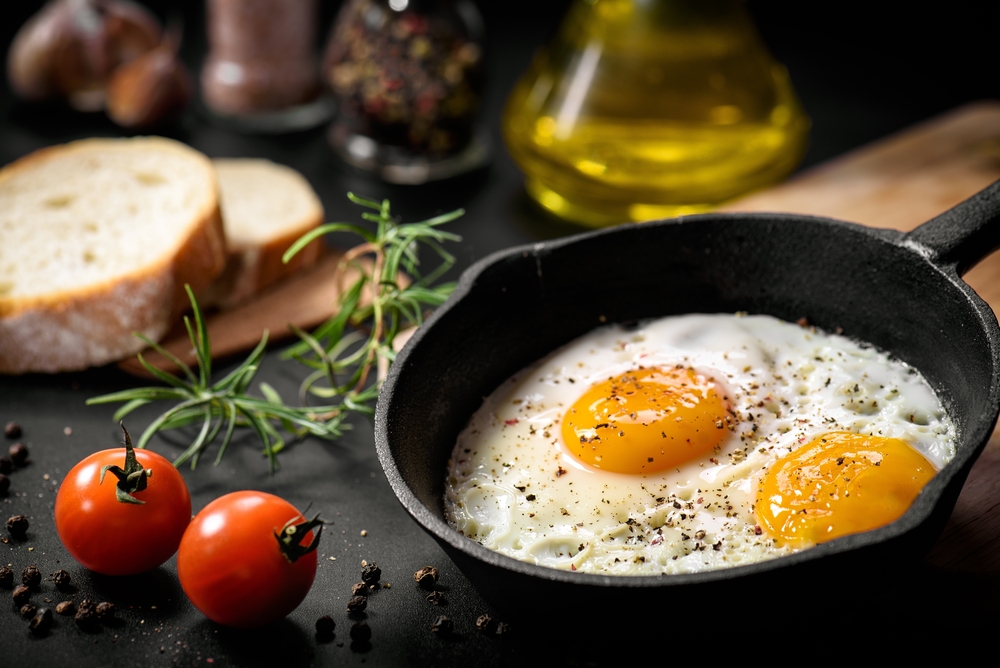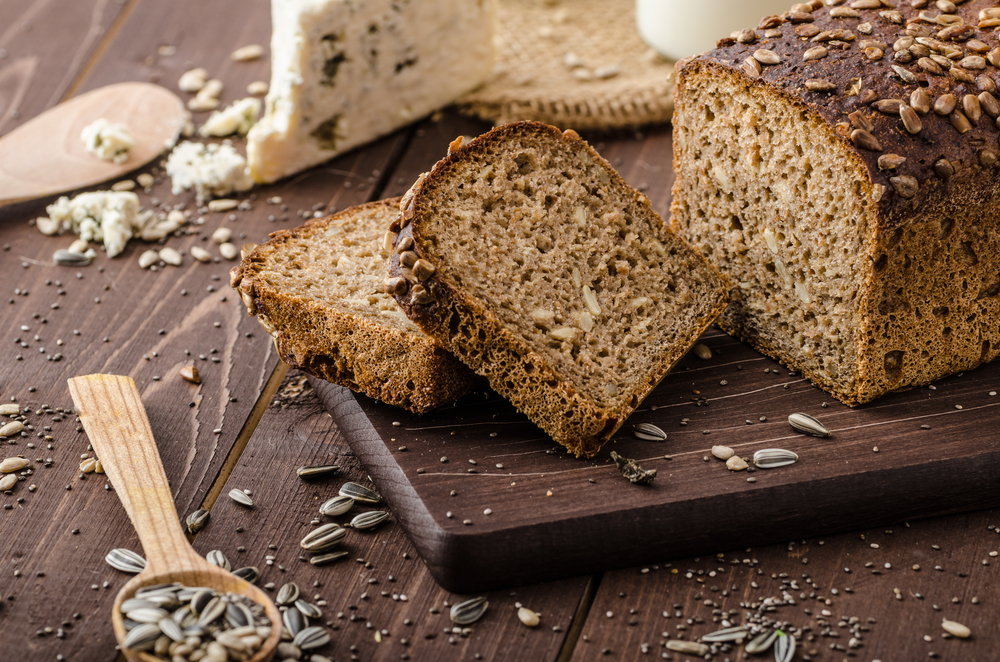Do you want to live longer and maintain your health?
Well, let’s take a look at the regions where the world’s healthiest people live. In those areas — known as the Blue Zones, people do truly live longer, healthier lives. Their secret? A lifestyle that you can ALSO adopt.
We found the secrets of the world’s healthiest people and created this article where you’ll find what exactly these folks eat for most of their lives. By embracing some of the healthy eating habits in your daily life, you can also live longer and better.
People in the Blue Zones eat a wide variety of garden veggies when they’re in season, and they dry or pickle the surplus to consume during the off-season. For instance, leafy greens, including kale, collards, chard, beet and turnip tops, and spinach, are the best-of-the-best longevity foods that dominate Blue Zone meals throughout the year.
Those who live there also eat plenty of seasonal vegetables and fruits, beans, and whole grains. The oils are present in their diet too, but not the ones that derive from animals, so most come from plant-based sources of fat. As you may think, olive oil is the most used oil in the Blue Zones.
Studies show that olive oil consumption lowers bad cholesterol while increasing the good one. Furthermore, it seems that six tablespoons of this oil per day can cut in half the risk of dying.
Keep reading to find out what the world’s healthiest people have in common!

1. Retreat From Meat
Determining the average consumption in Blue Zones, we discovered that folks who live there eat two ounces (about 60 grams) of meat or even less five times per month. We don’t know for sure if they had a longer life despite eating meat.
The Adventist Health Study 2 has been following 96,000 Americans since 2002. Their conclusion? Vegans or pesco-vegetarians (those who eat a plant-based diet but also fish) are the ones who live the longest.
This doesn’t mean that people from the Blue Zones don’t consume meat at all; they do so from time to time, using it as a small side, a way to add flavor, or as a celebratory food.
2. Go Easy on Fish
If you must eat fish, limit yourself to three ounces (around 85 grams) three times per week. The healthiest people who live in Blue Zones eat some fish, but sparingly — up to three small portions per week. Other health and ethical factors come into play when adding fish to your diet.
It makes sense, for instance, to choose fish that are abundant and common, not threatened by overfishing. In most Blue Zones, people eat small, relatively affordable fish like anchovies, cod, and sardines.
In other words, the healthiest people who live there tend to eat fish that are in the middle of the food chain. It’s worth mentioning that these species aren’t exposed to high levels of mercury or other pollutants that affect our fish supply today.
3. Reduce Dairy
Except for a few people, milk from cows doesn’t play a significant role in any Blue Zone diet. Arguments against milk often focus on its sugar content and high fat. The proportion of folks with lactose intolerance (we don’t know the real number) could be as high as 60%. Instead of cow milk, people from Blue Zones consume sheep’s and goat’s milk products.
We don’t know if sheep’s milk or goat’s milk is an essential food that makes people healthier or if it’s climbing the same steep terrain as goats that actually helps the healthiest people live longer.
Surprisingly, they don’t consume goat’s milk as liquid but fermented as sour milk, cheese, and yogurt. While goat’s milk contains lactose, it also has lactase in its composition, an enzyme that helps the human body digest lactose.

4. Eliminate Eggs
Here’s another secret of the world’s healthiest people: they consume eggs two to four times per week. They typically have one egg as a side dish with a plant-based or whole-grain dish.
For example, those who live in Nicoya fry an egg and add it into a corn tortilla along with a side of beans. The healthiest people from Okinawa boil an egg and add it to their soup. Those who live in the Mediterranean Blue Zones fry an egg and have it as a side dish with bread, olives, and almonds for breakfast.
But here’s the thing: the world’s healthiest people have eggs from chickens that don’t receive antibiotics or hormones, eat a variety of natural foods, and range freely. Slowly grown eggs naturally contain more omega-3 fatty acids.
When it comes to people with diabetes, they should be careful about eating egg yolks. Also, the consumption of eggs has been linked to worsening kidney problems in women and increasing the risk of prostate cancer in men.
There are even some people with circulatory or heart problems who choose not to eat eggs. So yes, according to the Blue Zone diet, eggs are not necessary for living a long life, but if you don’t want to cut them out, limit yourself to three eggs per week.
5. Eat Beans
According to the Blue Zone diet, the world’s healthiest people consume at least half a cup of cooked beans daily. This food is one of the main ingredients underlying the Blue Zone diet: white beans, lentils, and garbanzo in the Mediterranean, soybeans in Okinawa, and black beans in Nicoya. Folks in the Blue Zones consume at least four times the amount of beans that Americans do on average.
The truth is that beans are the ultimate superfood. On average, they contain 21% protein, 77% complex carbohydrates (which provide a steady and slow energy instead of the spike generated by refined carbohydrates like white flour), and only a few percent fats. Beans are also packed with fiber.
They’re versatile, cheap, and contain more nutrients than any other food, so go ahead and stock your pantry with some beans!
6. Slash Sugar
Consume no more than 28 grams (about 7 teaspoons) of added sugar daily. Here’s the interesting thing: the world’s healthiest people eat sugar intentionally, not by accident or habit. They eat the same amount of naturally occurring sugars as Americans do, but only about one-fifth the amount of added sugar — that would be around 7 teaspoons of sugar a day.
It’s quite hard to avoid sugar. But it seems that natural sugars — naturally found in fruits, milk, and vegetables — aren’t bad at all compared with added sugars.
The amount of sugar consumed by Americans increased by 25% between 1970 and 2000. This means about 22 teaspoons of extra sugar each of us eats daily — insidious, hidden sugars added in sauces, soda, and yogurt. It is known that too much sugar can suppress the immune system. It also raises insulin levels, which can lead to lower fertility, diabetes, and obesity.
Our advice: Save bakery items, candy, and cookies for special occasions, preferably as part of a meal. Limit the amount of sugar added to tea, coffee, or other foods to no more than 4 teaspoons daily. Avoid any product that has sugar listed as one of the first five ingredients.

7. Sour on Bread
Eat only 100% whole wheat or sourdough. The Blue Zone’s bread isn’t like the bread most Americans consume — made from bleached white flour, which is easily converted into sugar and rises insulin levels.
The Blue Zones bread is either sourdough or whole grain, each with its own set of health benefits. In Sardinia and Ikaria, bread is usually made from a variety of whole grains, including wheat, barley, or rye. Each one of these ingredients provides a wide range of nutrients, such as selenium and magnesium, as well as tryptophan, an amino acid.
Whole grains also provide more fiber than white flour. In some traditional Blue Zones, bread is made with lactobacilli, which are naturally occurring bacteria that “digest” the glutens and starched while making the bread rise.
Also, traditional sourdough bread actually reduces the glycemic impact of meals, making your meal healthier, easier on your pancreas, and more likely to turn calories into energy rather than fat.
8. Go Wholly Whole
Folks in Blue Zones traditionally consume the entire food. They don’t squeeze the fiber-rich pulp to make fruit juice, discard the yolk to cook an egg-white omelet or remove the fat from their yogurt. They also don’t add extra ingredients to their food in order to change the nutritional profile. Instead of taking supplements or vitamins, they eat fiber-rich, nutrient-dense whole foods.
But what exactly IS a “whole food”? Well, if it’s made of a single ingredient, cooked, ground, fermented, or raw, and not highly processed, then you have whole food. For instance, tofu is minimally processed, while those cheese-flavored corn puffs are heavily processed.
Blue Zone dishes are often cooked using just about half a dozen ingredients that are simply blended together. Also, centenarians in the Blue Zones usually eat foods that are grown within a 10-mile radius of their houses. Oh, and yes, they rarely ingest artificial preservatives.
For most of us, this super-healthy diet may seem impossible to follow. However, if you avoid unhealthy foods as much as possible, choosing instead the healthiest ones, you’re getting there.
This article may help you avoid some of the toxins found in foods.







